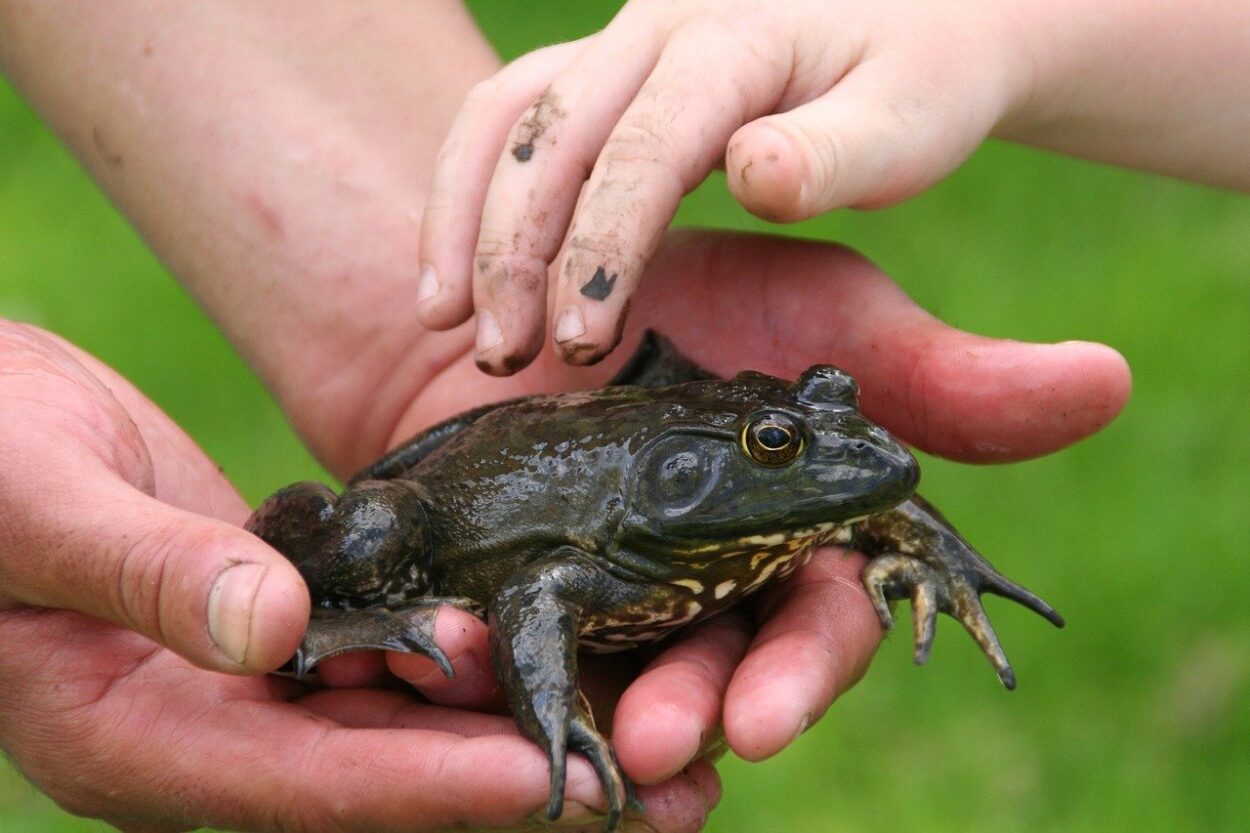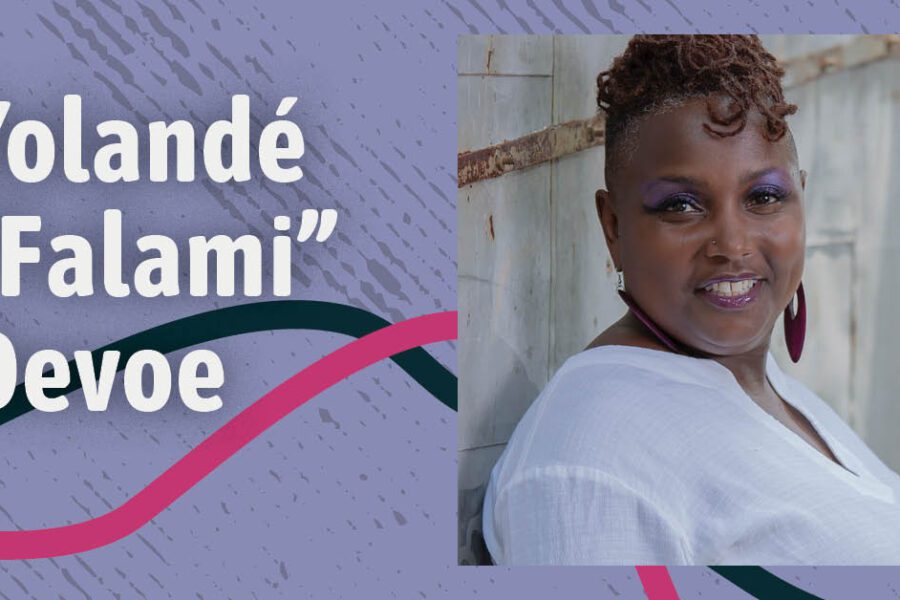Antioch University New England’s Masters of Science in Environmental Studies with an Environmental Education (EE) concentration consistently produces graduates in the EE field that excel in teaching about nature both inside and outside the classroom. Graduates of this program can be found across the globe in non-profits, zoos, aquaria, museums, national and state parks, public and schools, community and outdoor education programs, just to name a few. But our program can also boast about a unique distinguishment: Antioch’s is the only NAAEE-accredited environmental education program on the East Coast.

The North American Association for Environmental Education is the professional network for environmental educators. For over four decades, they have trained, supported, and connected educators across the US and around the world to share knowledge and resources and increase civic engagement through the environment. In recent years, NAAEE has begun a process of accreditation for higher education EE programs so that they can be recognized for their quality and document the successes of these programs to a wider audience.
The NAAEE accreditation consists of a self-study audit process that is then reviewed by a panel of NAAEE professionals. The audit uses documentation of courses offered, faculty expertise, networking opportunities present for students, and reports of student success to evaluate a program. After the lengthy audit is conducted, it is submitted to NAAEE for review. Any college or university EE program that meets the NAAEE Guidelines for Excellence may apply for accreditation but it takes a particular kind of program to qualify. To date, only 10 higher-ed programs in the US are NAAEE accredited.
Antioch’s EE program leadership team, Dr. Libby McCann and Dr. Jean Kayira, began their self-audit of Antioch’s program in 2016 — 76 pages of documentation, analysis, and observation of their degree program. The process, while intense, gave them a unique chance to compare their performance and design with other leading EE programs and determine areas where they excelled and places where they needed to improve.
“We learned so much from the accreditation process, including how robust our course offerings are, the depth of faculty expertise we have, and how inspiring and successful our graduates continue to be.” Libby recalled. “It was a great reflective tool and super rigorous.”
The self-audit requires at least two years of documentation on participants in the program and tracking of program alignment with NAAEE guidelines. For Antioch students, that equates to roughly the same amount of time a cohort takes to complete their Master’s degree. Libby and Jean had to supply syllabi for all of the courses in their program, as well as detailed reports on participant numbers and characteristics. They found a lot to highlight and be proud of.
First of all, they discovered that having two program leads with backgrounds in EE is unusual and a bit of a luxury for a higher-education program. Libby and Jean’s diverse experiences within the EE field (from adult and community-based education to Indigenous knowledge and issues of socio-ecological justice) only broadened the appeal to prospective students.
Additionally, the nature of having the EE program placed in Antioch’s Environmental Studies Department means that more networking opportunities are available to students along with the chance to take courses in other fields of expertise. This program is firmly rooted in collaboration with ES faculty and shares several academic requirements with other ES students; actively encouraging cross-disciplinary collaboration and networking.
“The learning community is very much at the center of what and how we teach,” Libby says. That was very clear from their audit. Lectures are minimal in their courses, instead, students and staff engage in collaborative, experiential seminars to explore lessons and skills that they can teach each other. Libby and Jean encourage students to pursue their own interests in most of their assignments so that each student can tailor their coursework to match their passions.
“You choose what makes sense for you,” Jean insists. “[Students] tailor their assignments to their interests.” This kind of collaborative learning and interest-based exploration aids students in gaining interdisciplinary skills to set them apart from everyday educators. “We are a learning community,” Jean says. “We highlight that we are co-learners here. There is no “one” expert. We are all learners.”
Depending on their interests, students can learn everything from program evaluation, justice-based, inclusive education, and financial management to community engagement strategies, curriculum design, and teaching in the outdoors, among many others. Their training facilitates graduates’ ability to design, facilitate, and evaluate quality educational programs in multiple contexts. Students also have a multitude of professional, applied opportunities while in school, as Jean and Libby are engaged in multiple local and national initiatives like NAAEE’s ee360, and Keene Community Garden Connections. These connections offer students unique opportunities to expand their professional resumes and networks before they even graduate.
“Our students have become leaders and change agents in the field and landed a variety of exceptional jobs.” Libby adds, “That is perhaps the best indicator of success.”
Learn more about Antioch University New England’s Masters of Science in Environmental Education or NAAEE and their accreditation process.



